Pasta Primavera is a classic Italian-American dish that celebrates the freshness of seasonal vegetables. Its name, primavera, means “spring” in Italian, and this dish truly lives up to that name. It’s made with lightly sautéed vegetables tossed with pasta and coated in a creamy Parmesan sauce. While traditional versions may vary, the essence of the recipe lies in its vibrant, colorful produce and comforting, buttery base.
Originally popularized in the late 1970s in New York restaurants, Pasta Primavera quickly became a staple for anyone seeking a flavorful, meatless pasta dish that feels indulgent yet healthy. It’s light enough for warmer months but satisfying enough for year-round enjoyment.

Why You’ll Love This Pasta Primavera
This creamy vegetable pasta recipe offers something for everyone. Whether you’re vegetarian, looking for a lighter pasta option, or want to make the most of your garden vegetables, it’s a crowd-pleaser.
- Packed with seasonal vegetables like zucchini, squash, carrots, and tomatoes
- Tossed in a luscious Parmesan cream sauce that’s rich but not heavy
- Quick and easy: ready in under 40 minutes
- Customizable: works well with protein add-ons or gluten-free pasta
- Kid-friendly and great for picky eaters
- Ideal for spring dinners, summer lunches, or Meatless Mondays
This recipe hits the sweet spot between comfort food and a nutrient-rich meal.
When to Serve Pasta Primavera
Pasta Primavera shines in spring and summer, when fresh produce is abundant. Serve it as:
- A weeknight main course for family dinner
- A light but flavorful weekend lunch
- A vegetarian option at gatherings
- A dish for casual entertaining or potlucks
Its colorful presentation also makes it perfect for brunch menus or holiday sides.
Preparation Phase & Tools to Use
Essential Kitchen Tools
- Large Pot: For boiling pasta
- 12-inch Skillet or Sauté Pan: To sauté vegetables and make the sauce
- Strainer or Colander: For draining pasta
- Sharp Chef’s Knife: To cut vegetables evenly
- Measuring Cups and Spoons: For accurate ingredient portions
- Wooden Spoon or Spatula: For stirring without damaging cookware
- Box Grater or Microplane: To grate Parmesan fresh for best flavor
Why Each Tool Matters
Every tool supports a smoother cooking process. A wide skillet allows vegetables to brown evenly. A large pot prevents the pasta from sticking. Grating cheese fresh ensures a meltier, more flavorful sauce. Skipping these basics can lead to clumping, uneven cooking, or bland results.
Preparation Tips
- Mise en place: Prep all ingredients before cooking. Timing matters.
- Cut vegetables uniformly: This helps them cook at the same rate.
- Use fresh Parmesan: Pre-shredded varieties don’t melt well.
- Don’t overcook pasta: It will continue to cook when tossed with the hot sauce.
- Warm your milk slightly: Cold milk can cause the butter sauce to separate.
Ingredient List
Here are all the ingredients you’ll need for this vegetarian pasta dish:
- 12 ounces pasta (penne or bucatini work best)
- 2 tablespoons extra-virgin olive oil
- 1 large shallot, thinly sliced
- 1 large carrot, cut into matchsticks
- 1 medium zucchini, halved lengthwise and sliced into ¾-inch pieces
- 1 medium yellow squash, halved and sliced into ¾-inch pieces
- 6 tablespoons unsalted butter, cut into pieces
- ¾ cup freshly grated Parmesan cheese (plus more for serving)
- ½ cup whole milk (plus more if needed to loosen sauce)
- 1 teaspoon dried basil
- ½ teaspoon garlic powder
- ½ teaspoon sea salt
- ½ teaspoon freshly cracked black pepper
- ⅓ cup sun-dried tomatoes, chopped
- 1½ cups cherry tomatoes, halved
- Optional: Fresh chopped basil or parsley, crushed red pepper flakes for garnish
Substitutions and Add-ons:
- Gluten-free pasta works well
- Add grilled chicken or shrimp for a protein boost
- Use dairy-free milk and vegan butter for a vegan version
Step-by-Step Directions
- Cook the pasta. Bring a large pot of salted water to a boil. Cook pasta until al dente according to package instructions. Drain and set aside.
- Sauté shallot and carrots. In a large skillet, heat 1 tablespoon olive oil over medium-high heat. Add shallots and carrots, sauté for 5 minutes until softened. Transfer to a plate.
- Cook zucchini and squash. Add remaining oil to the skillet. Place zucchini and squash in a single layer. Cook for about 3 minutes per side until golden. Transfer to the plate with other vegetables.
- Make the sauce. In the same skillet, melt butter over medium heat. Once melted, whisk in Parmesan, milk, dried basil, garlic powder, salt, and pepper. Stir until smooth and creamy.
- Add tomatoes. Stir in sun-dried and cherry tomatoes. Cook until warmed through. Remove from heat.
- Combine everything. Add cooked pasta and sautéed vegetables to the skillet. Toss everything until well coated in sauce. Adjust consistency with more milk or cheese as needed.
- Serve hot. Garnish with extra Parmesan, fresh herbs, and crushed red pepper flakes if desired.
How to Serve Pasta Primavera Perfectly
Serving Pasta Primavera is about more than just plating—it’s about enhancing the colors, textures, and flavors that make this dish shine. When presented correctly, it becomes a centerpiece-worthy meal that feels as elegant as it is comforting.
Tips for Serving
- Serve immediately: This dish tastes best hot and fresh from the pan, with the sauce still silky and the vegetables tender-crisp.
- Garnish thoughtfully: Add a generous sprinkle of freshly grated Parmesan, a handful of chopped fresh basil or flat-leaf parsley, and a pinch of crushed red pepper flakes for contrast.
- Use wide, shallow bowls: These help showcase the colorful vegetables and make serving easier.
- Top with protein if desired: Grilled chicken, shrimp, or even tofu can transform it into a heartier entrée.
Avoid letting it sit too long before serving, as the pasta will absorb the sauce and become heavy over time.
8 Side Dishes That Pair Well with Pasta Primavera
To create a balanced and satisfying meal, pair this vegetarian pasta dish with sides that offer contrasting textures and flavors. These side dish ideas elevate the meal without overpowering it.
1. Garlic Bread or Herb Focaccia
A crisp, buttery garlic bread or pillowy focaccia brings a rich, savory element that contrasts beautifully with the fresh vegetables. Use garlic, olive oil, and a sprinkle of Parmesan for added flavor.
2. Caprese Salad
The combination of ripe tomatoes, fresh mozzarella, and basil dressed with olive oil and balsamic vinegar complements the tomatoes and herbs in the pasta.
3. Caesar Salad
A crisp Caesar salad with crunchy croutons, Parmesan, and tangy dressing offers a classic, satisfying contrast. It adds crunch without overwhelming the lightness of the pasta.
4. Roasted Asparagus
Roasting asparagus with lemon zest and a touch of olive oil creates a fresh, vibrant side that pairs well with the springtime flavors of Pasta Primavera.
5. Lemon Arugula Salad
Arugula dressed in lemon juice and olive oil provides peppery brightness. Add shaved Parmesan or pine nuts for texture and flavor depth.
6. Creamy Tomato Soup
For cooler nights, a light tomato soup adds warmth without being too filling. Its acidity balances the richness of the cream sauce.
7. Sautéed Green Beans with Almonds
Green beans quickly sautéed with garlic and slivered almonds bring crunch and nuttiness, offering a great contrast to the soft pasta.
8. Bruschetta with Ricotta and Herbs
Top toasted baguette slices with whipped ricotta, lemon zest, and fresh herbs. This appetizer echoes the creamy, herby notes in the pasta without being repetitive.
These side dishes are simple, seasonal, and complement the freshness and creamy elements of the pasta.
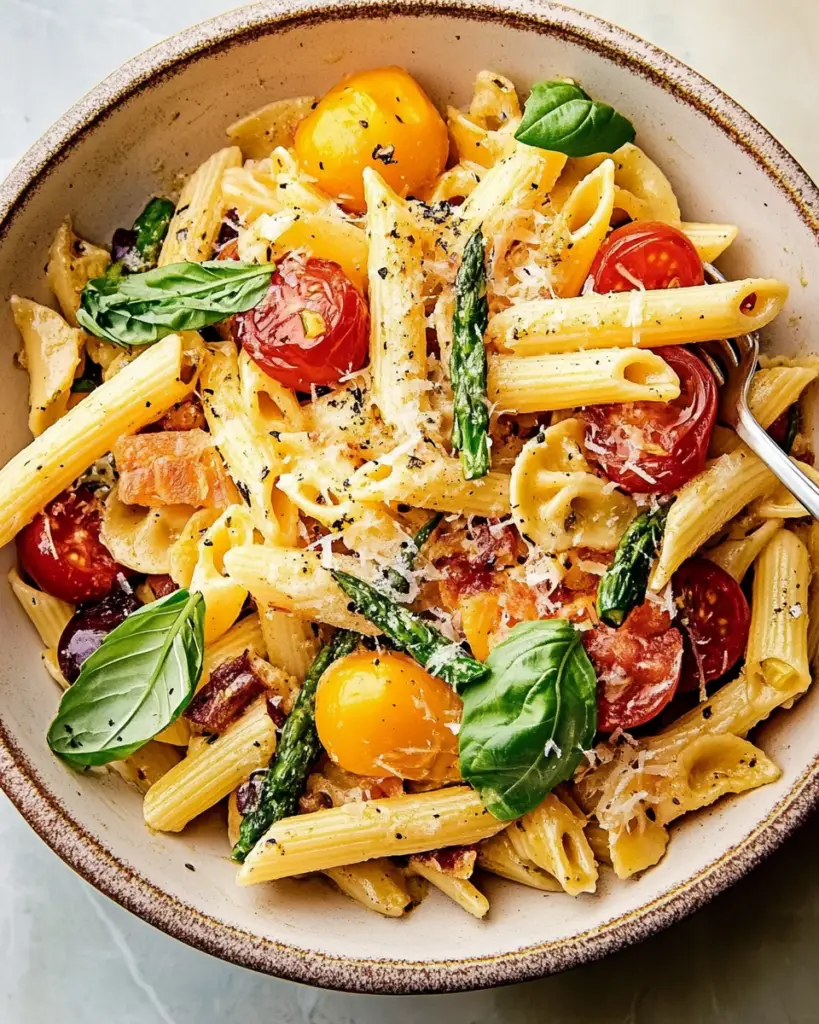
Common Mistakes to Avoid
Even though Pasta Primavera is beginner-friendly, several common mistakes can impact the final result. Avoiding them helps ensure a balanced, delicious meal every time.
1. Overcooking the Vegetables
Vegetables should be tender but still crisp. Overcooking leads to a soggy texture and muted color. Cook each vegetable separately if needed to maintain their integrity.
2. Using Too Much or Too Little Sauce
The sauce should coat the pasta without drowning it. Too much and the dish becomes heavy; too little and it feels dry. Use reserved pasta water to thin and Parmesan to thicken.
3. Skipping Fresh Ingredients
Pre-shredded Parmesan or dried herbs lack the brightness and flavor that fresh ingredients provide. Always use fresh basil, freshly grated cheese, and ripe vegetables when possible.
4. Not Seasoning in Layers
Season each layer of the dish as you go—while sautéing vegetables, when making the sauce, and during final assembly. This ensures a well-rounded flavor profile.
5. Letting the Pasta Sit Too Long
If pasta sits too long after combining with sauce, it can become gluey. Toss it all together just before serving for the best texture.
How to Perfect Your Pasta Primavera
Creating the best Pasta Primavera is about balance—between creamy and fresh, rich and light, savory and bright. Here’s how to take it from good to great.
Use High-Quality Ingredients
Choose ripe, in-season vegetables and high-quality Parmesan. These ingredients make up most of the flavor, so better inputs equal better results.
Adjust Sauce Consistency
The sauce should be velvety, not thick or watery. Use warm milk and whisk it slowly into the melted butter and cheese. Add more cheese to thicken or a splash of milk or pasta water to loosen.
Play with Vegetable Variety
While zucchini, carrots, and tomatoes are classic, don’t be afraid to include asparagus, mushrooms, bell peppers, or peas. Use what’s fresh and seasonal.
Add Acid for Balance
A squeeze of lemon juice or a splash of white wine in the sauce can lift the richness and add brightness. Just a touch makes a big difference.
Customize with Protein
This pasta is an excellent base for grilled chicken, seared shrimp, or even crispy tofu. Add protein last, just before serving, so it doesn’t overcook.
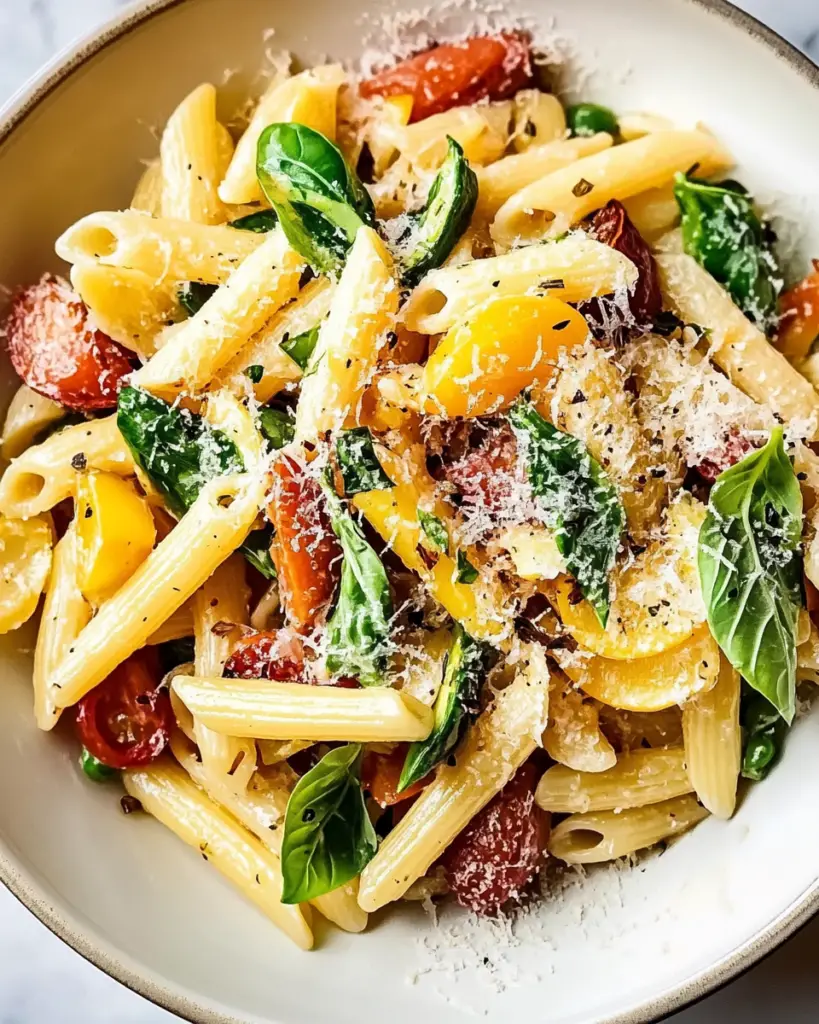
Recipe Tips, Storage, and Reheating
Mastering Pasta Primavera is not only about cooking—it’s also about keeping it fresh, reheating it properly, and making it your own. These practical tips ensure you get the most out of every serving, whether fresh or leftover.
Additional Recipe Tips
- Taste and adjust as you go: The balance of salt, acidity, and creaminess makes or breaks the dish. Don’t hesitate to tweak.
- Use reserved pasta water: Save a half-cup of pasta water before draining. It’s starchy and perfect for adjusting sauce consistency.
- Don’t overcrowd the skillet: Cook vegetables in batches to ensure even browning and avoid steaming.
- Cut vegetables evenly: This ensures they cook at the same rate, giving you the perfect tender-crisp texture.
- Fresh herbs make a difference: Stir in basil or parsley just before serving for brightness and aroma.
How to Store Pasta Primavera
This dish stores well and makes great leftovers for lunch or dinner the next day. Follow these tips to keep it fresh.
- Cool completely before storing: Let the pasta cool to room temperature before refrigerating to avoid condensation that can make it soggy.
- Use airtight containers: Store in glass or BPA-free plastic containers with tight-fitting lids.
- Refrigerate for up to 4 days: Best within the first 2 days, as vegetables may soften over time.
Avoid freezing, as the creamy sauce can separate and vegetables may lose texture when thawed.
How to Reheat Pasta Primavera
Reheating Pasta Primavera can be tricky if you want to preserve the creamy texture and keep the vegetables from getting mushy. Here’s how to do it right.
Stovetop Reheating
- Place pasta in a non-stick skillet over medium heat.
- Add a splash of milk or reserved pasta water.
- Stir gently until warmed through and the sauce loosens.
- Add extra cheese or herbs if needed to refresh the flavor.
Microwave Reheating
- Place a portion in a microwave-safe bowl.
- Add a splash of milk or water and cover loosely.
- Microwave in 30-second intervals, stirring in between, until hot.
- Finish with fresh herbs or a pinch of Parmesan.
Avoid overheating, which can cause the sauce to break and vegetables to turn mushy.
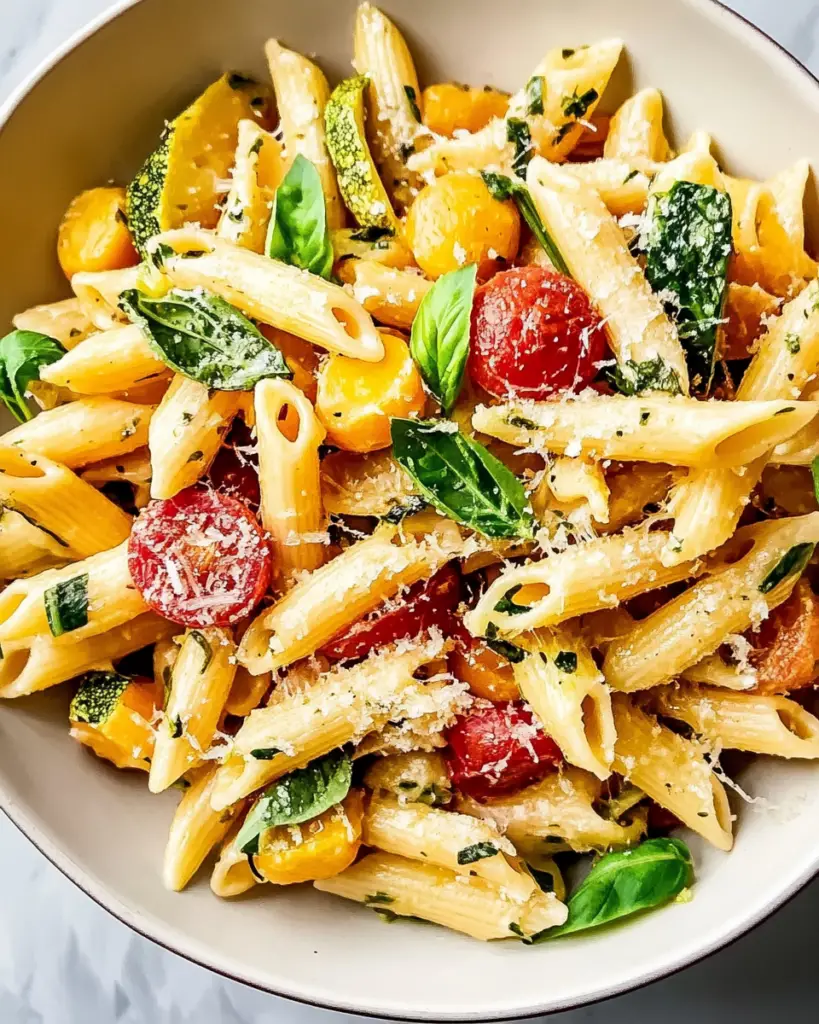
Frequently Asked Questions
Here are answers to the most common questions people ask about Pasta Primavera, based on search trends and cooking concerns.
What does “Primavera” mean?
“Primavera” is Italian for “spring.” The dish traditionally includes seasonal spring vegetables, making it a light, fresh pasta meal ideal for warmer months.
Can I make Pasta Primavera ahead of time?
Yes, you can prep the vegetables and sauce components ahead. For best results, cook the pasta and combine just before serving to maintain texture.
Can I use different vegetables?
Absolutely. Try bell peppers, asparagus, mushrooms, peas, or broccoli. Choose vegetables with similar cook times for the best results.
Is this recipe vegetarian?
Yes. The base recipe is completely vegetarian, using butter, milk, and Parmesan. For a vegan version, use plant-based butter, non-dairy milk, and nutritional yeast or vegan cheese.
Can I add meat or seafood?
Yes. Grilled chicken, shrimp, or salmon all pair well. Cook separately and stir in at the end to avoid overcooking.
How do I prevent the sauce from becoming too thick?
Add a bit of warm milk or reserved pasta water. Stir constantly until it reaches your desired consistency.
Can I freeze Pasta Primavera?
It’s not recommended. The creamy sauce may separate, and the vegetables can become too soft when reheated after freezing.
Can I serve Pasta Primavera cold?
While it’s traditionally served hot, it can work as a cold pasta salad. Chill it after cooking, then toss with olive oil, lemon juice, and fresh herbs.
Conclusion
Pasta Primavera is more than just a recipe—it’s a celebration of fresh produce and balanced flavors. With its creamy Parmesan sauce, tender vegetables, and perfectly cooked pasta, it brings comfort and color to your plate. Whether you’re preparing it as a quick weeknight dinner or a seasonal main dish for guests, it offers versatility, ease, and a satisfying dining experience.
By following the tips and techniques shared here, you can perfect the texture, master the sauce, and adapt the dish to your personal preferences. Make it once, and it’s sure to become a staple in your kitchen.
For more vegetarian dinner ideas, be sure to check out our Creamy Tomato Basil Pasta and Lemon Asparagus Risotto. You’ll find even more inspiration to keep dinner fresh, flavorful, and easy.
Pasta Primavera
Ingredients
- 12 ounces pasta penne or bucatini recommended
- 2 tablespoons extra-virgin olive oil
- 1 large shallot thinly sliced
- 1 large carrot cut into matchsticks
- 1 medium zucchini halved lengthwise and sliced into ¾-inch pieces
- 1 medium yellow squash halved lengthwise and sliced into ¾-inch pieces
- 6 tablespoons unsalted butter cut into pieces
- ¾ cup freshly grated Parmesan cheese plus more for serving
- ½ cup whole milk plus more as needed
- 1 teaspoon dried basil
- ½ teaspoon garlic powder
- ½ teaspoon sea salt
- ½ teaspoon freshly cracked black pepper
- ⅓ cup sun-dried tomatoes chopped
- 1½ cups cherry tomatoes halved
- Optional for serving: Chopped fresh basil or flat-leaf parsley crushed red pepper flakes
Instructions
- Bring a large pot of salted water to a boil. Cook the pasta until al dente according to package instructions. Drain and set aside.
- While the pasta is cooking, heat 1 tablespoon of olive oil in a large skillet over medium-high heat. Add the shallot and carrots and sauté for about 5 minutes, until softened. Transfer to a plate.
- Add the remaining tablespoon of olive oil to the skillet. Arrange the zucchini and squash in a single layer and cook for about 3 minutes per side, until golden brown. Transfer to the plate with the carrots and shallot.
- In the same skillet, melt the butter over medium heat. Once melted, whisk in the Parmesan cheese, milk, dried basil, garlic powder, salt, and pepper until smooth.
- Stir in the sun-dried tomatoes and cherry tomatoes. Cook until just warmed through, then remove from heat.
- Add the drained pasta and cooked vegetables back into the skillet. Toss everything together until well combined and coated with the sauce.
- Serve hot, topped with extra Parmesan, chopped fresh basil or parsley, and crushed red pepper flakes, if desired.


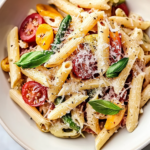
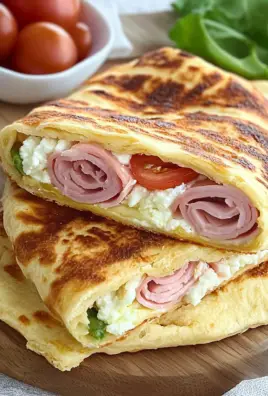
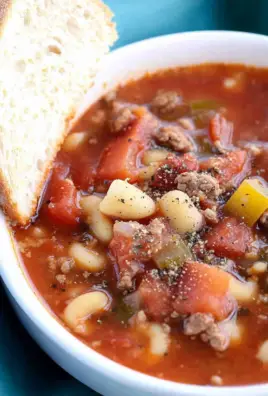

Leave a Comment